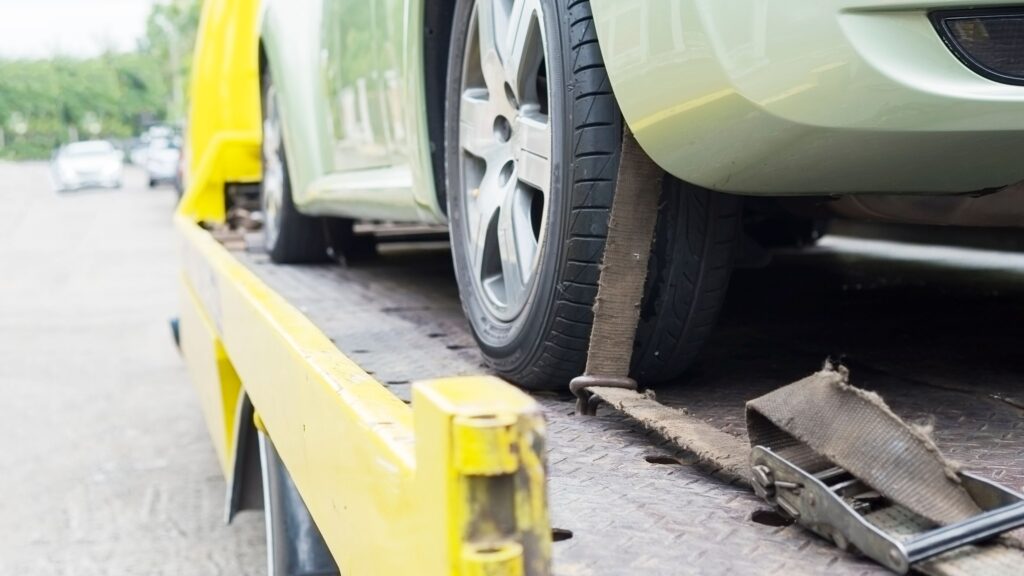Roadside assistance is an invaluable service designed to help drivers during unexpected vehicle breakdowns or emergencies. While the service can be beneficial for nearly everyone, certain groups of drivers may find it especially crucial. Understanding who benefits most from roadside assistance coverage will help you decide whether it’s a necessary addition to your auto insurance plan.
What Is Roadside Assistance Coverage?
Roadside assistance provides emergency services for drivers who experience vehicle issues while on the road. From flat tires and dead batteries to towing and lockout services, it ensures you have help when you need it most. For a deeper understanding of how it works, read here.
Who Benefits Most from Roadside Assistance Coverage?
While roadside assistance is helpful for all drivers, the following groups stand to gain the most from its comprehensive services:
1. Frequent Travelers
Drivers who frequently travel long distances, especially on highways or through rural areas, should strongly consider roadside assistance. The risk of encountering vehicle issues increases with the number of miles driven, making roadside assistance a vital safety net.
- Why It’s Important: Frequent travelers are more likely to encounter situations like running out of fuel, flat tires, or dead batteries far from home or repair services.
2. New or Inexperienced Drivers
New drivers may not have the knowledge or tools to handle common roadside emergencies. Roadside assistance ensures they have access to professional help whenever they face unexpected issues.
- Example: A teenage driver locking themselves out of their car would benefit from immediate lockout services provided by roadside assistance.
3. Drivers of Older Vehicles
Older vehicles are more prone to mechanical failures, making their owners ideal candidates for roadside assistance coverage. As vehicles age, the likelihood of breakdowns increases, and roadside assistance can help manage these risks.
- Why It’s Important: Common issues like battery failures, overheating, or worn-out tires are covered by most roadside assistance plans.
4. Parents with Young Children
Parents traveling with young children can experience added stress during a vehicle breakdown. Roadside assistance minimizes the inconvenience and ensures help arrives quickly, reducing the discomfort and potential safety concerns for children.
5. Urban Drivers Without DIY Skills
Urban drivers who rely on their cars but lack mechanical skills may struggle to fix issues like flat tires or dead batteries. Roadside assistance provides a reliable backup for drivers who prefer professional help over attempting repairs themselves.
Benefits of Roadside Assistance for Specific Groups
Roadside assistance offers tailored advantages for different types of drivers. Let’s explore how this coverage provides unique benefits to its key audiences:
Convenience for Busy Professionals
Busy professionals who rely on their cars to commute or attend meetings benefit from the time-saving aspects of roadside assistance. Services like towing, fuel delivery, and on-site repairs ensure minimal disruptions to their schedules.
Peace of Mind for Long-Distance Drivers
For drivers who often travel in remote areas, roadside assistance offers peace of mind knowing they won’t be stranded without help in case of an emergency.
Cost Savings for Budget-Conscious Drivers
Paying for towing or emergency services out of pocket can be expensive. Roadside assistance, typically included as an affordable add-on to auto insurance, reduces these unexpected costs.
For more insights into the benefits of similar coverage options, read here.
How Does Roadside Assistance Compare to Alternative Options?
While roadside assistance offers numerous benefits, it’s worth considering alternative solutions such as:
- Auto Club Memberships: Organizations like AAA provide extensive roadside assistance benefits but may cost more than adding the service to your auto insurance.
- Pay-Per-Use Services: Drivers who rarely need roadside help can opt to pay for services like towing or lockout assistance on a case-by-case basis.
Key Features to Look for in a Roadside Assistance Plan
When choosing a roadside assistance plan, consider the following features:
- Coverage Area: Ensure the plan offers nationwide coverage, particularly if you frequently travel across state lines.
- Service Limits: Check for limitations on the number of towing miles or service calls allowed annually.
- Additional Perks: Some plans include benefits like trip interruption coverage or discounts on travel expenses.
Real-Life Example: How Roadside Assistance Saves the Day
Imagine Sarah, a new driver, heading home late at night. Her car battery dies on a rural road, leaving her stranded. Thanks to her roadside assistance plan, a technician arrives within 30 minutes to jump-start her car, ensuring she gets home safely. This incident highlights the importance of having coverage, especially for new and inexperienced drivers.
Roadside assistance is a valuable service for a wide range of drivers, from frequent travelers and new drivers to parents and those with older vehicles. By providing emergency support and minimizing the stress of breakdowns, it ensures drivers are never stranded without help. Whether you drive long distances, rely on an older car, or simply want peace of mind, roadside assistance coverage is a smart investment for safety and convenience.



